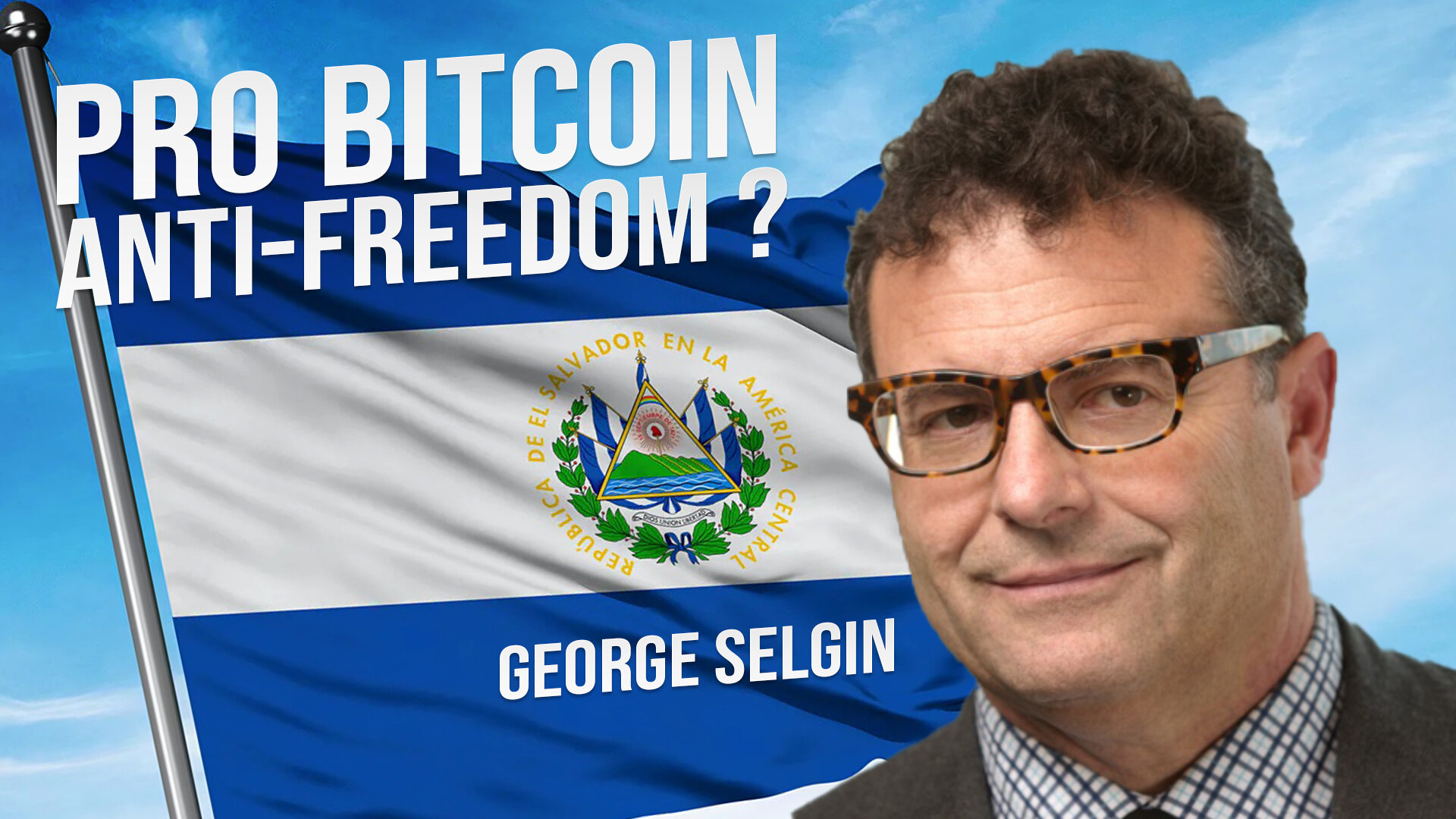The Truth About El Salvador, Bitcoin, and Strike
Software engineer and Ethereum proponent Adriano Feria argues El Salvador isn’t really getting Bitcoin in any meaningful sense.
“A lot of Bitcoiners are unaware that Strike (the wallet used to distribute BTC in El Salvador),” Feria begins in an epic thread on the matter, “is a custodial service. Others are spreading the narrative that Strike preserves the properties of the LN because it is built on top of it; this is incorrect.”
The LN is, of course, Lightning Network, the seemingly always just 18 months away from mainstream rollout as a second layer solution to Bitcoin scaling issues.
LN’s biggest boost in recent years came via an evangelical payments business, Strike, and the inking of a deal with the Central American country, making Bitcoin legal tender. Strike in official public statements has been quick to point out they’re not the official representatives of Bitcoin (no one company can be) in El Salvador. Strike, the company contends, is merely a first mover in the nation.
“Strike is using the LN for their internal operations (multiparty channels). This does NOT mean that they offer the same fundamental properties of the LN to the end-users. Strike controls all private keys, and users NEVER have access to keys unless funds are withdrawn,” Feria insisted.
That basically means LN shaves a few points off of banking costs, but the company is acting as a bank all the same. In turn that means Strike is not “permissionless or censorship resistant (there are NO guarantees against balance restrictions/seizure/service disruptions), [and running] on their own centralized network.”
Any hiccup Strike or the Lightning Network might experience could a mean loss of funds for the average El Salvadorian. “The good news is,” Feria continues, “users are allowed to withdraw their balances from Strike. The bad news is that the cost of doing so is extremely high, the LN itself is less than ideal to allow for mass adoption, and its technology (payment channels) can be severely bottlenecked by BTC’s L1.”
Feria then conducts a thought experiment. “Bitcoin’s 90-day running avg of median trx cost is ~$7.72. The trx cost can be lower when executed in batches by centralized services, but it would still be significant. The cost of single/batched trxs would increase significantly if all El Salvadorians decided to do self-custody (even if using the LN),” he argued.
His back-of-the-envelope calculations presuppose 33% of the domestic population at some point uses the LN, “saving 10% of their monthly salary. This would require at least 16% of the total trx capacity of the BTC network, which is already operating at full capacity. This is the impact of mass adoption for just a miniscule country with a population of ~6 million.”
We remain hopeful but skeptical, taking all the arguments-in. In cases like these, it’s best to remain humble and realize we really do not know how Bitcoin will shake out in El Salvador, whether it will be the promised god-send or a colossal flop, or somewhere in-between. Time will tell. But we do know that a lot more people would be rooting for the El Salvador Bitcoin experiment if there were no coercion involved.
Let’s All Please Stop Calling Dollars ‘Fiat Money’
Financial Times editorialist Brendan Greeley weaved a tortuous meditation, nuanced and literate, scolding those who confuse the word ‘fiat’ with edict when applied to government-backed money.
“Currencies are not memes that only have value because the governments say they do.”
Ironically, he cites those he considers authorities on the subject, including a former central banker, and then quibbles about whether governments decree money into existence. Nearly every example he uses clearly shows that’s exactly what governments do, often sexing up the process with asset talk, creative accounting, and ever-exotic financial instruments. Fine. Call it banana. A rose by any other name is still filthy fiat money.
Venezuela Cuts Bolivar Zeros
Bloomberg detailed how redenomination is once again finding its way to Venezuela. “The central bank is planning to slash six zeroes from the bolivar as early as August after previous attempts to issue larger-denomination bills failed to resolve problems created by endemic inflation,” which means “one dollar would fetch 3.2 bolivars instead of 3,219,000 at present.” Just three years ago, the South American country printed “a 1 million-bolivar note, the largest in the country’s history. But that bill is now worth just $0.32 and isn’t enough to buy a cup of coffee.” Venezuela has the third-highest rate of Bitcoin adoption in the world.
Sneak peek of new video about Venezuela coming soon:
Andrés and Jorge are both Venezuelan escapees, and they discuss the hyperinflation that has destroyed the country, and the lifeline that cryptocurrency provides.
Binance’s Tough Few Weeks
Adam Samson and Brooke Masters summarized the heat that leading cryptocurrency exchange Binance is getting all over the world:
“[The Binance] business empire is now attracting intense scrutiny from global watchdogs as they grapple with new financial entities that act in many jurisdictions but are rooted in none.”
Back in May, German and US regulators took notice of the exchange, and began commenting in the press about its lack of domicility. “Regulators on three continents are clamping down on the company,” Samson and Masters observed, “as they attempt to police the porous border between the largely freewheeling crypto sector and the more tightly-regulated conventional financial market,” with the UK stepping-up in recent days to apply maximum pressure.
$70 Million in Bitcoin Ransomware Scheme
Another day, another ransomware scheme. This time it’ll cost those using the Kaseya network software $70 million to regain access to their operations. It does seem oddly on-the-nose, these ransomware attacks, especially because they demand payment in Bitcoin… a decidedly not anonymous cryptocurrency. You’d think sophisticated hackers would know that. Reports claim victims are now negotiating the fee down by nearly half, which is also strange. Flexible ransomware hackers? What a time to be alive! The entire affair is enough to elicit macho comment from US President Biden, who aimed his remarks at Russian baddie Putin. Again, anyone else think all this is a little too on-the-nose?
China Miners Dumping GPUs
Crackerjack China crypto reporter for The Block, Wolfie Zhao, noticed “Chinese crypto miners have started dumping used graphic processing units (GPUs) on the secondhand market following China's bitcoin mining crackdown,” leading to “an increasing number of new posts for selling stacks of GPUs on Xianyu, which is one of the largest marketplace apps in China for secondhand goods and is owned by Alibaba.” Bitcoin and crypto have survived various China bans over the years, and are expected to do so again this time, but the latest move by the government might very well tip the balance of mining power toward the West permanently.
By C. Edward Kelso, NBTV Head Writer




